WHO welcomed crucial new funding for vaccines
On Jun. 4, 2020, the World Health Organization (WHO) welcomed funding commitments from Gavi, the Vaccine Alliance’s third…
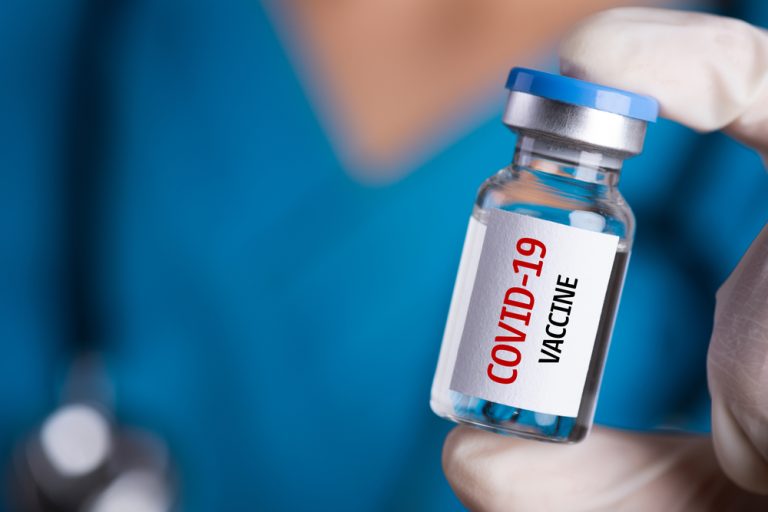
On Jun. 4, 2020, the World Health Organization (WHO) welcomed funding commitments from Gavi, the Vaccine Alliance’s third…
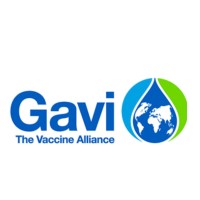
On Jun. 4, 2020, the WHO announced new pledges that will enable Gavi to protect the next generation…
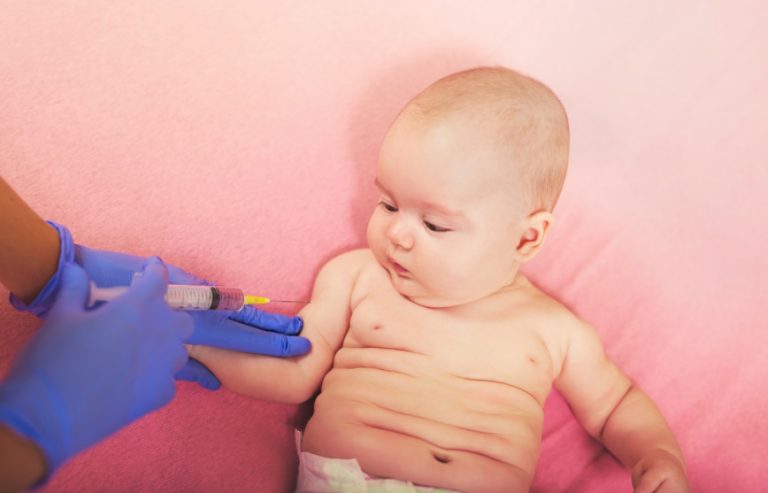
On May 22, 2020, COVID 19 disrupted life-saving immunization services around the world, putting millions of children –…
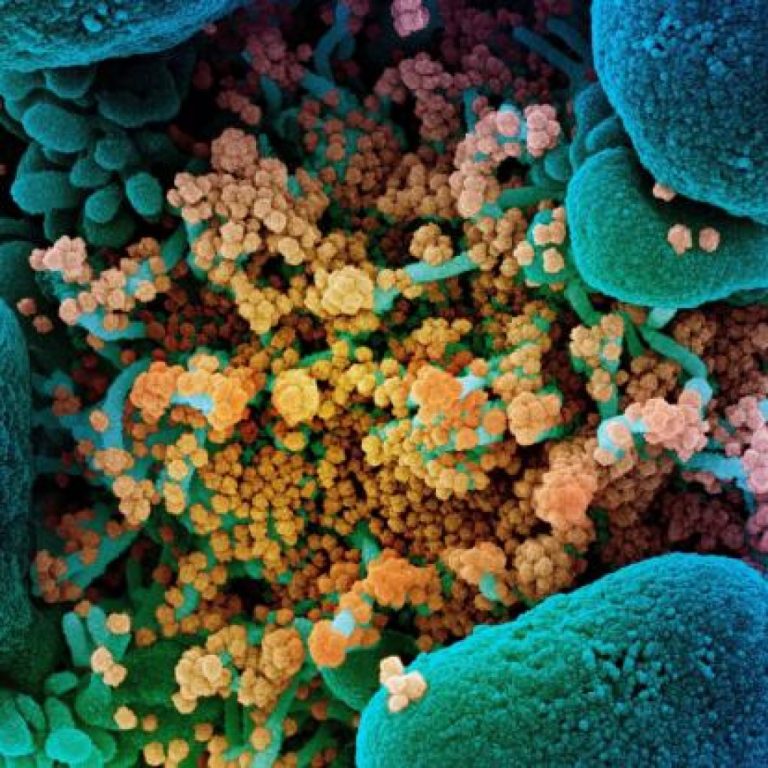
On Apr. 25, 2020, the World Health Organization (WHO) there was currently ‘no evidence’ that people who have…
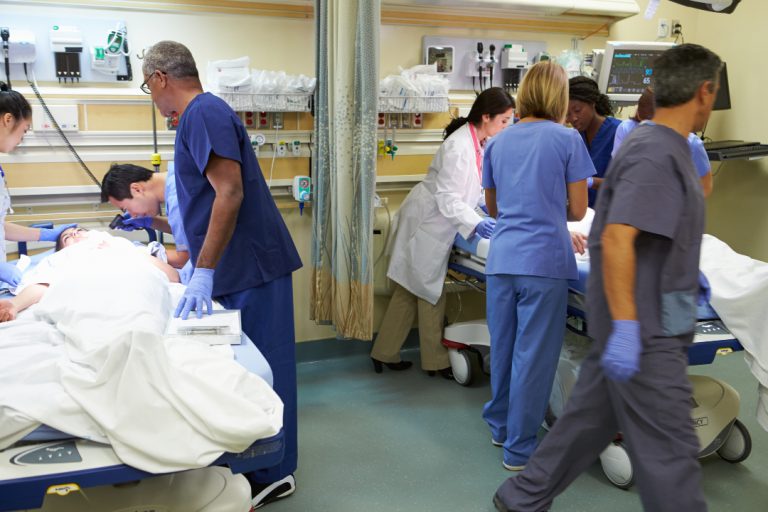
On Apr. 2, 2020, CHF Solutions announced it has doubled the production staff that builds its next generation…
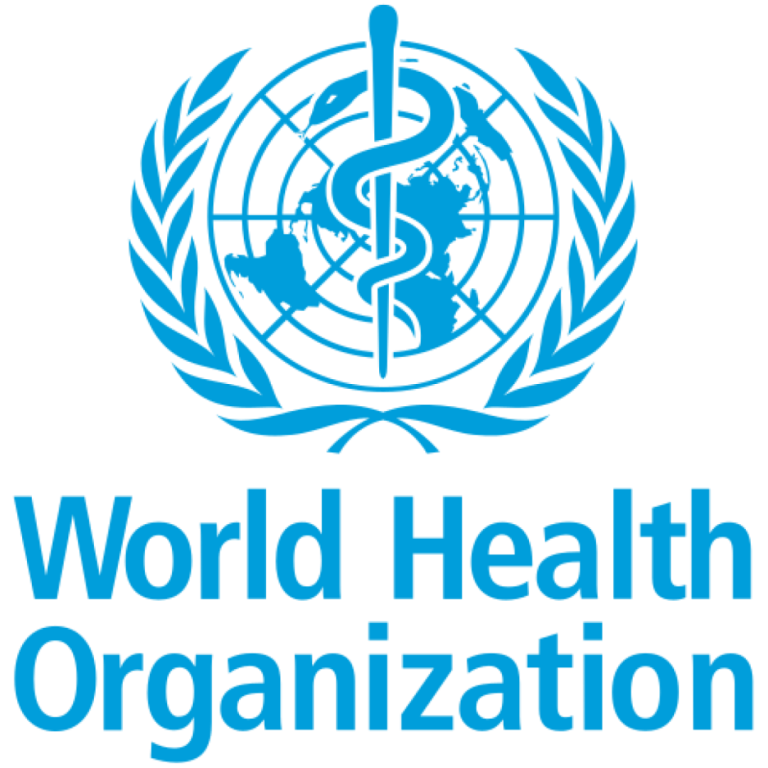
On Mar. 26, 2020, Dr. Tedros Adhanom Ghebreyesus, Director-General of the World Health Organization (WHO), addressed Heads of…

On Mar. 25, 2020, CHF Solutions announced the use of its Aquadex therapy in the treatment of patients…
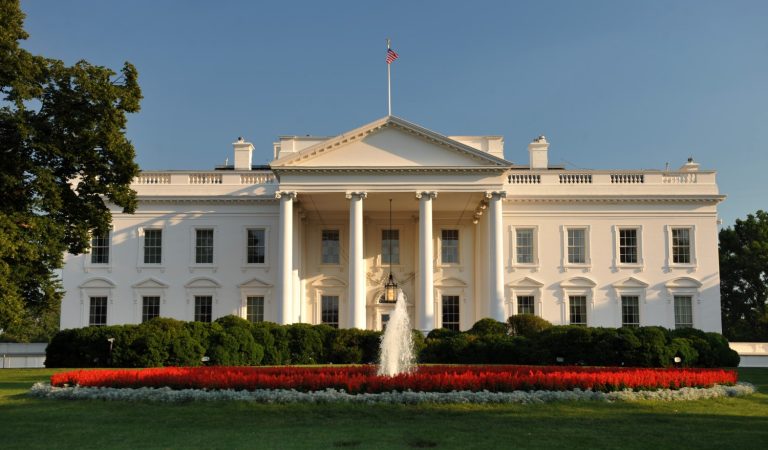
On Mar. 13, 2020, the Federal Government, along with State and local governments, announced preventive and proactive measures…
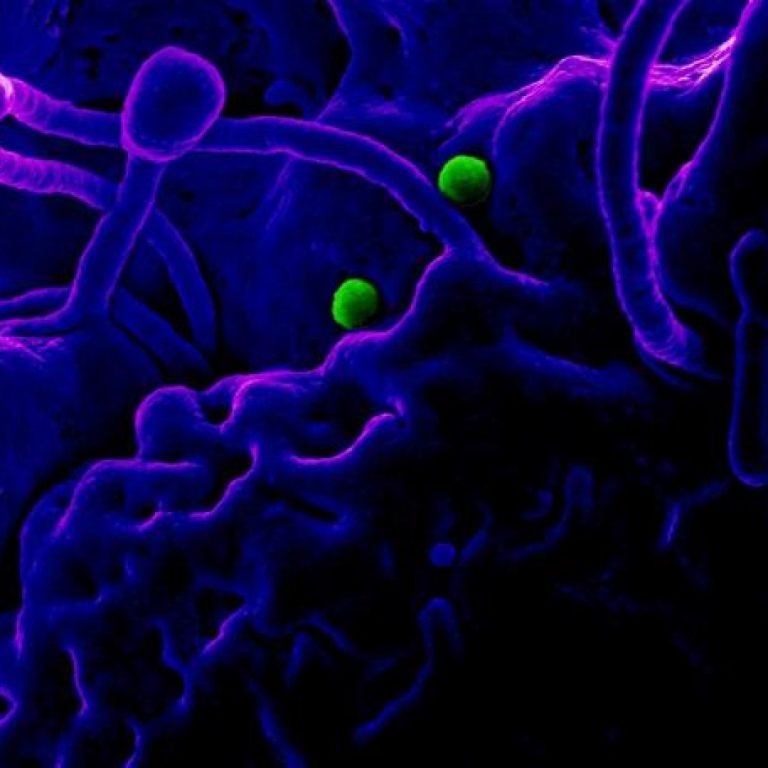
On May 12, 2022, the National IHR Focal Point for Qatar reported two laboratory-confirmed cases of Middle East…
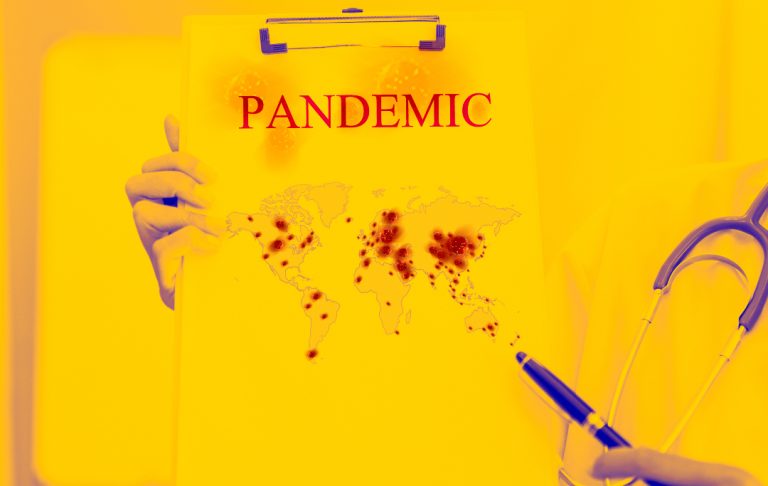
On Mar. 11 2020, the World Health Organization declared the Coronavirus outbreak a global pandemic. To-date, of the…
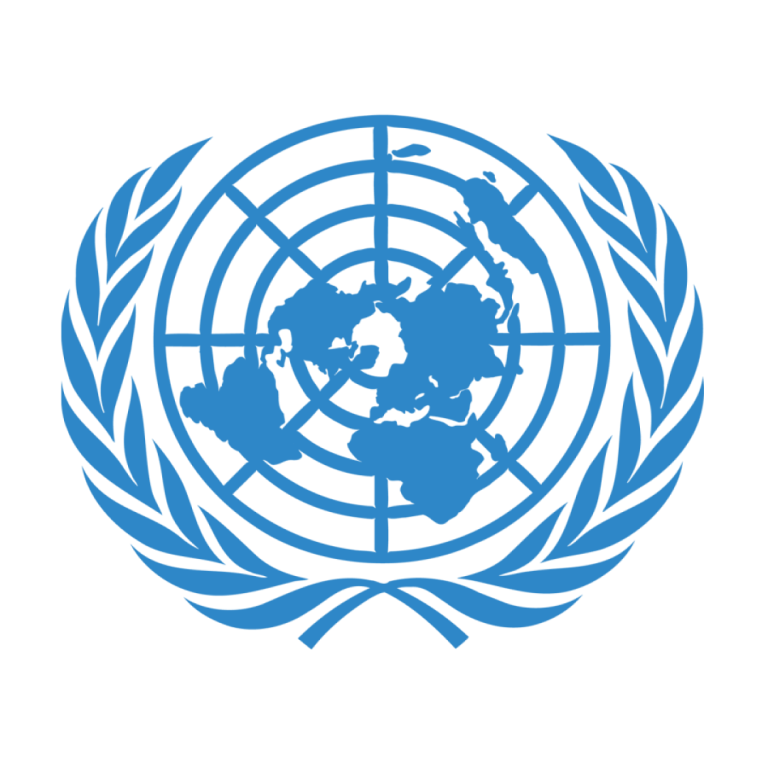
On Mar. 1, 2020, the United Nations Humanitarian Chief Mark Lowcock released US$15 million from the Central Emergency…

On Feb. 12, 2020, leading health experts from around the world met at the World Health Organization’s (WHO)…
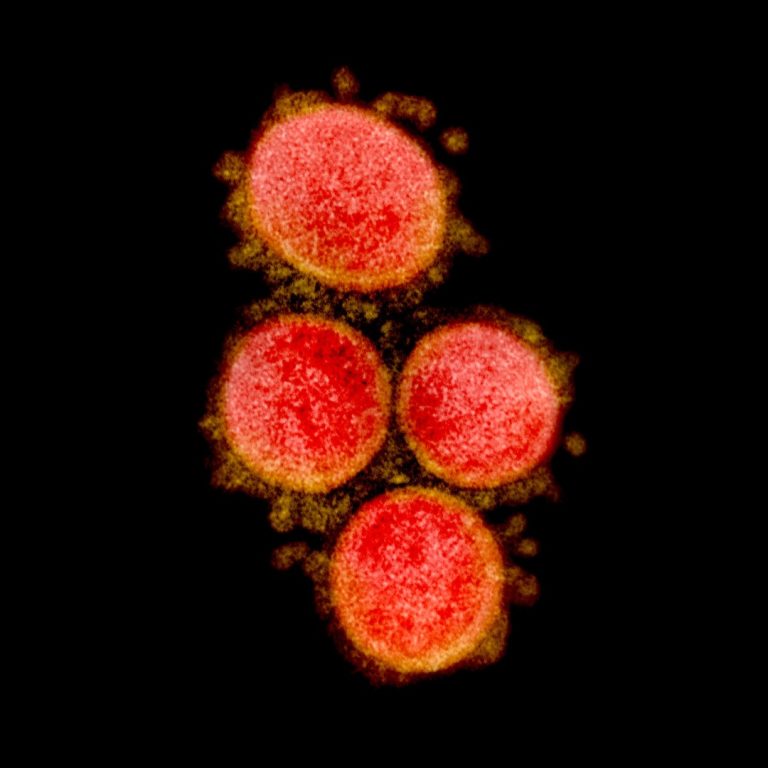
On Feb. 10, 2020, the World Health Organization (WHO) and the Foundation for Innovative New Diagnostics (FIND) announced…
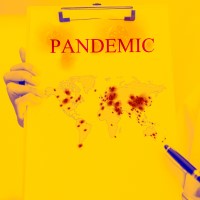
On Jan. 30, 2020, The WHO announced that the outbreak of a deadly and fast-spreading strain of coronavirus…
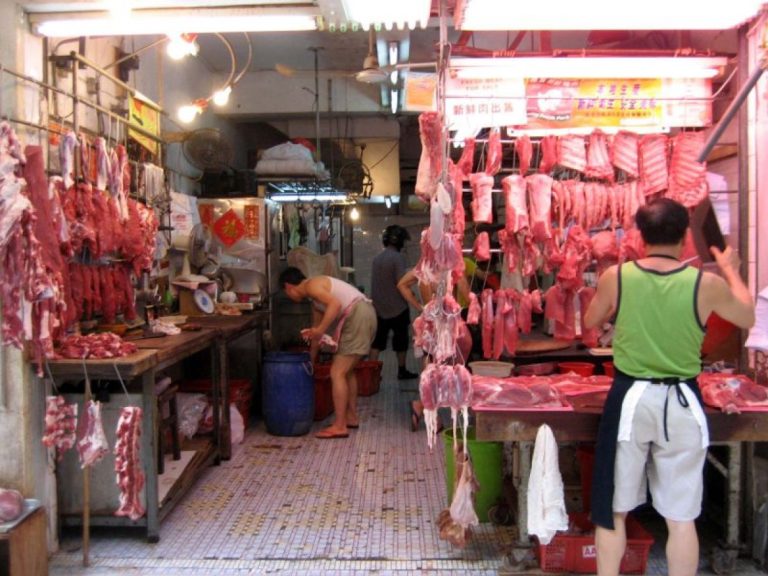
On Jan. 28, 2020, the Director-General of the World Health Organization (WHO), Dr. Tedros Adhanom Ghebreyesus, met President…
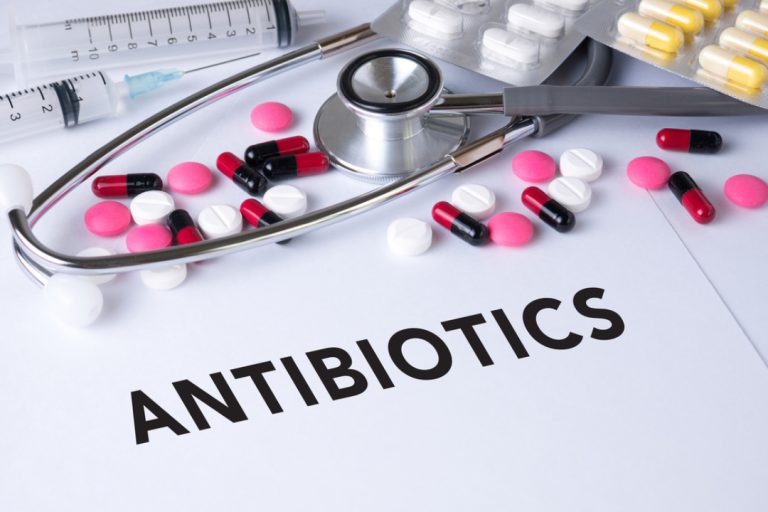
On Jan. 17, 2020, the World Health Organization (WHO) reported that declining private investment and lack of innovation…
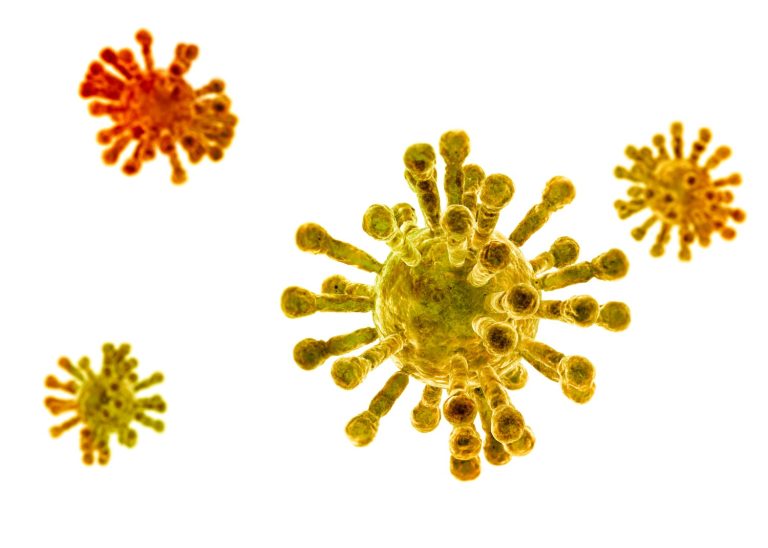
On Jan. 9, 2020, the World Health Organization announced that a novel coronavirus had been identified as the…
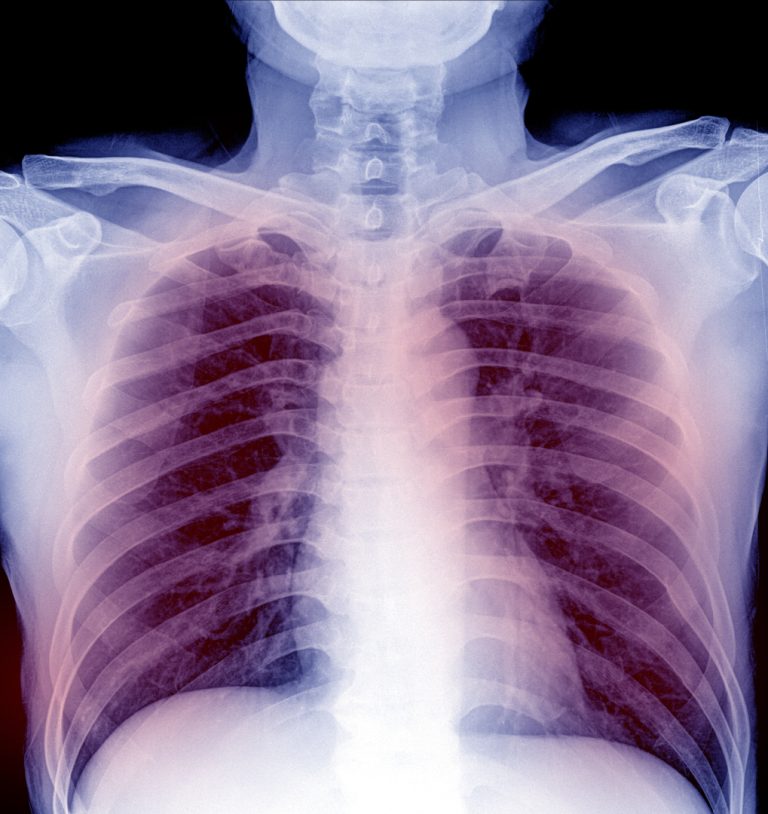
On Dec. 31, 2019, the World Health Organization (WHO) declared the Coronavirus outbreak a global pandemic. To date,…
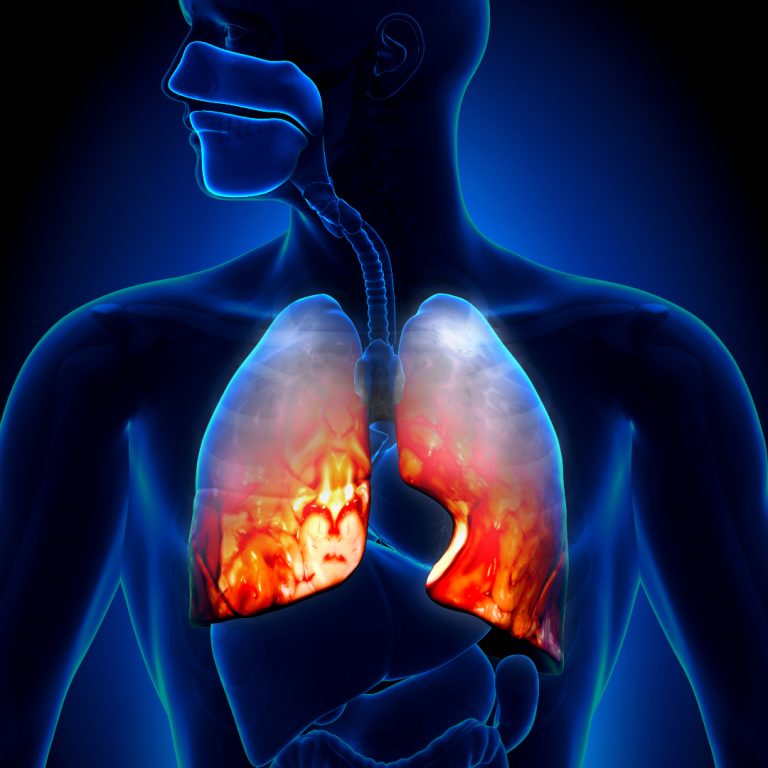
On Dec. 19, 2019, the WHO announced that PNEUMOSIL, a vaccine against a leading cause of deadly childhood…
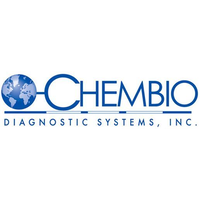
On Nov. 4, 2019, Chembio Diagnostics announced its SURE CHECK HIV Self-Test has received World Health Organization (WHO)…

On Sept. 27, 2018, St.ᅠJude Children’s Hospital and the World Health Organization announced a five-year collaboration to transform…
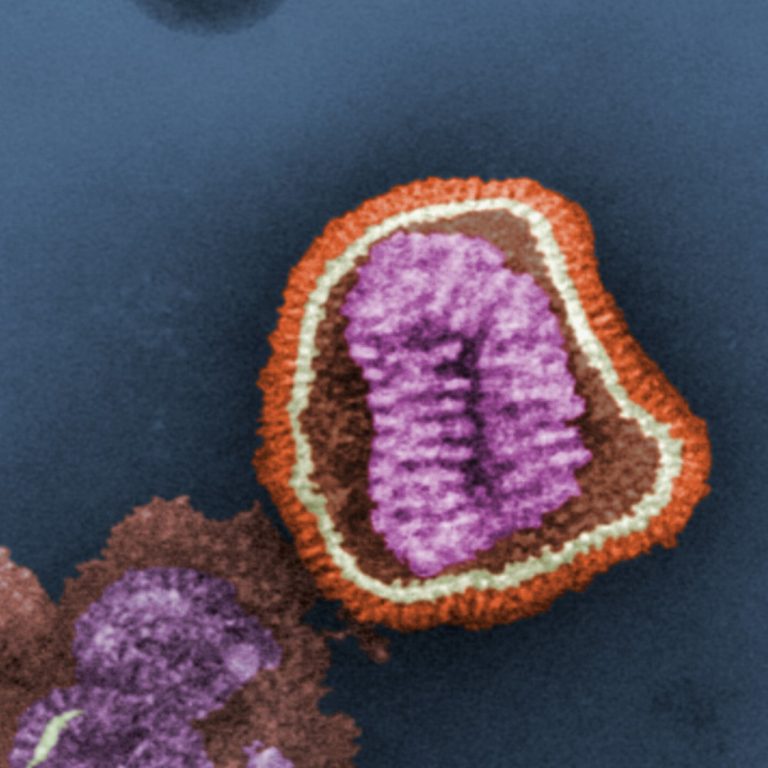
On Apr. 23, 2018, Medigen Vaccine Biologics and GC Pharma entered an exclusive distribution agreement for GCC’s quadrivalent…
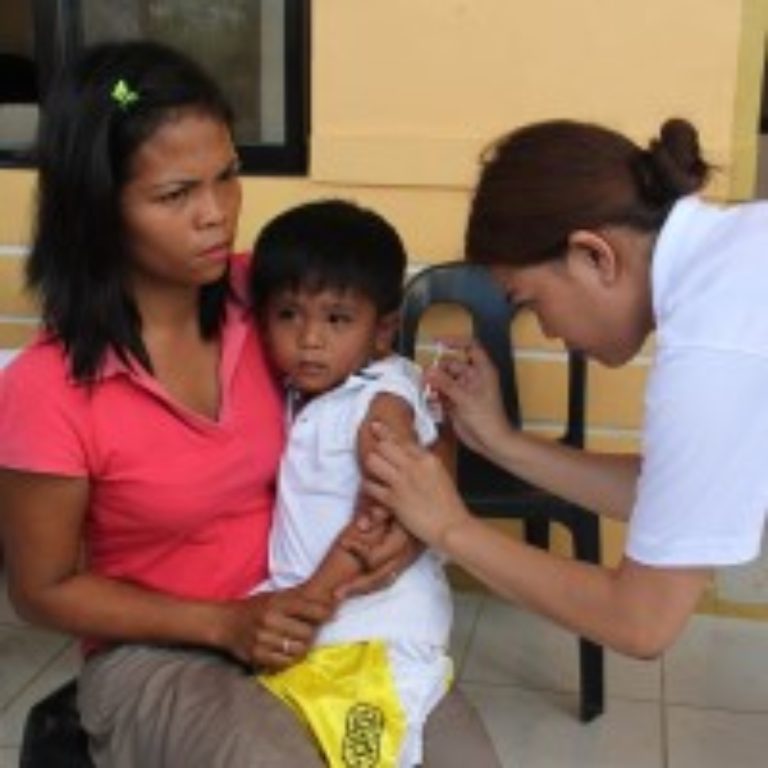
On Apr. 3, 2018, the World Health Organization (WHO) recommended the introduction of typhoid conjugate vaccine (TCV) for…

On Dec, 22, 2015, the International Day of Women and Girls in Science was established by resolution of…
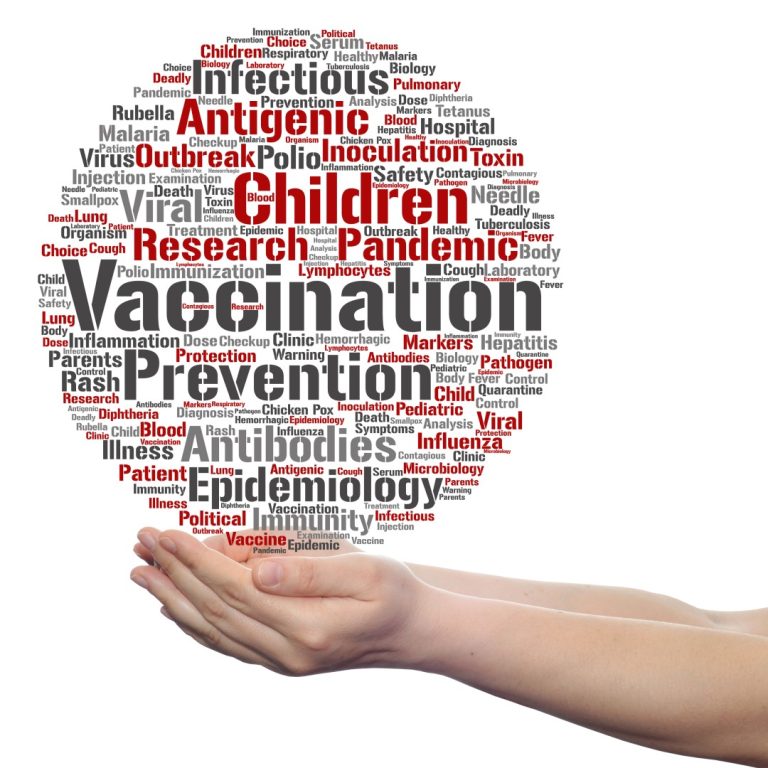
On Aug. 14, 2015, the World Health Organization (WHO) published “Recommendations on Vaccine Hesitancy” in a special issue…
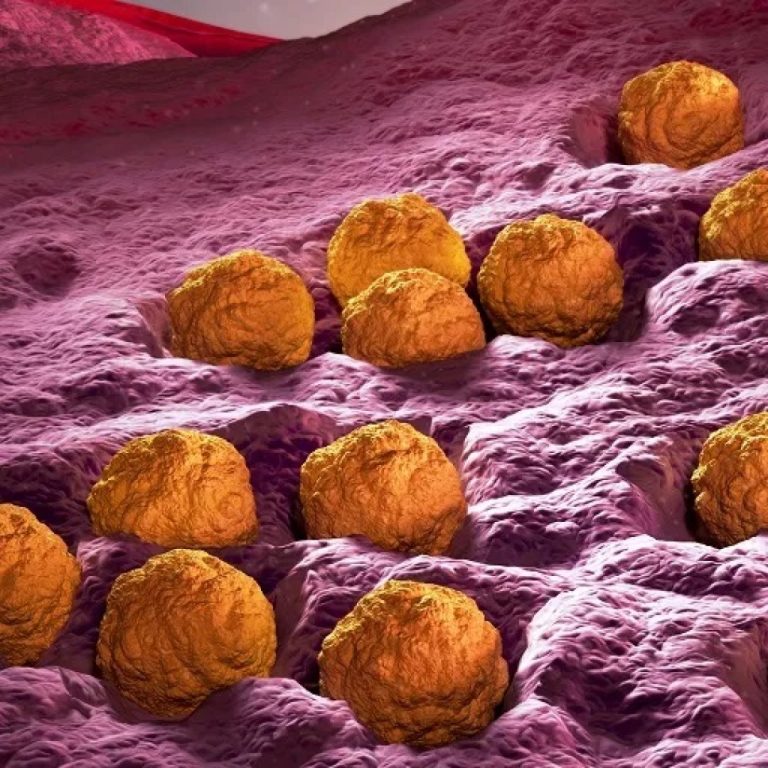
On Apr. 29, 2015, the Pan American Health Organization ᅠdeclared that the Americas region has become the first…
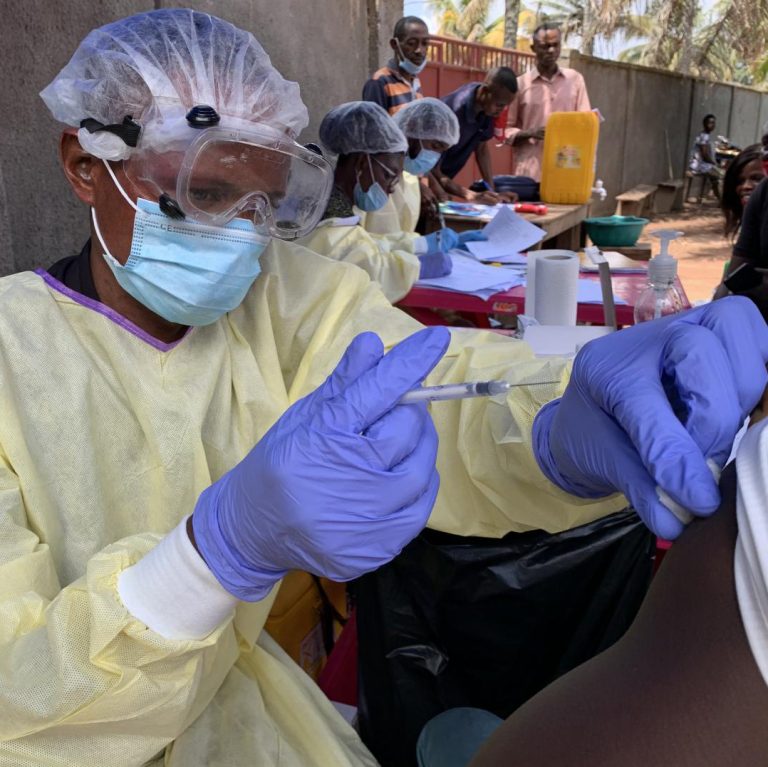
On Feb. 27, 2015, the U.S. Centers for Disease Control and Prevention (CDC) responded to the West Africa…
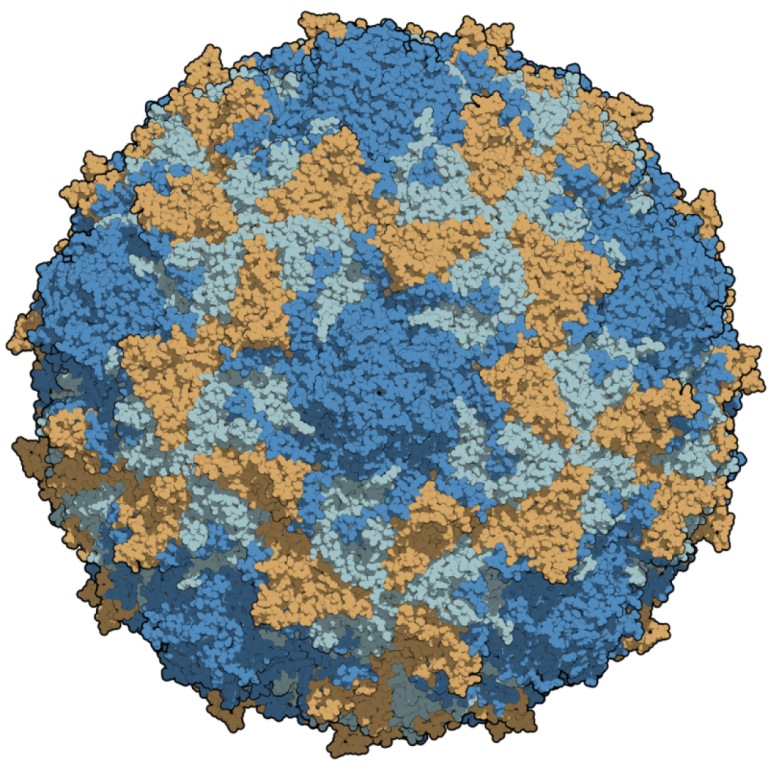
On May 5, 2014, the World Health Organization (WHO) Director-General declared the international spread of wild poliovirus a…
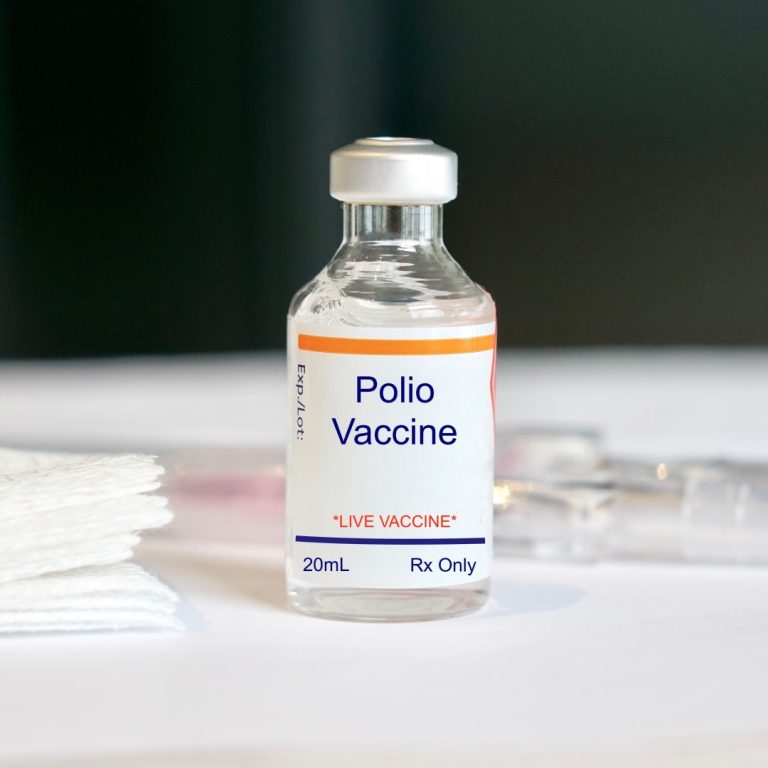
On Mar. 27, 2014, the World Health Organization (WHO) South-East Asia Region, home to a quarter of the…
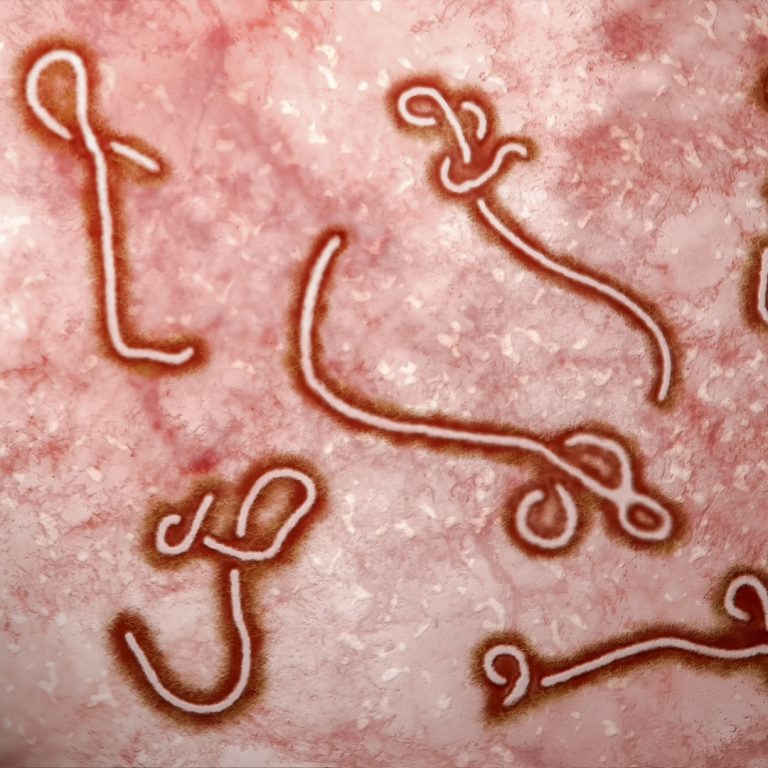
On Dec. 26, 2013, a 2-year-old boy in the remote Guinean village of Meliandou fell ill with a…